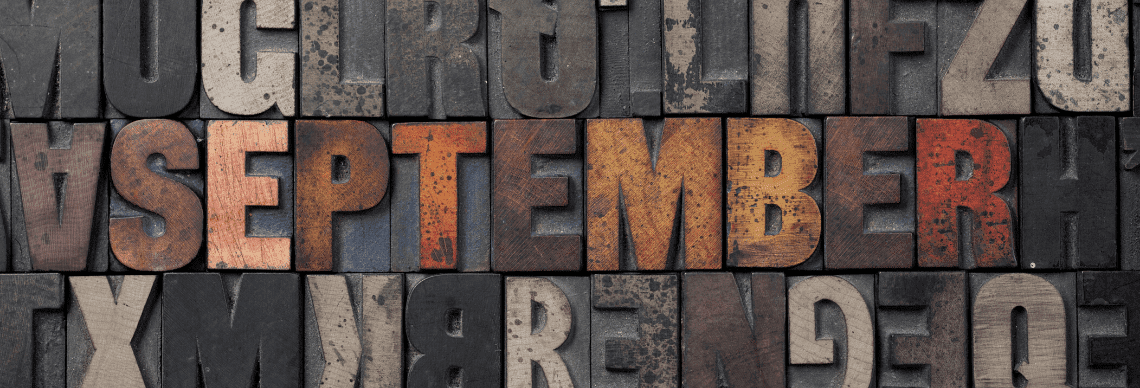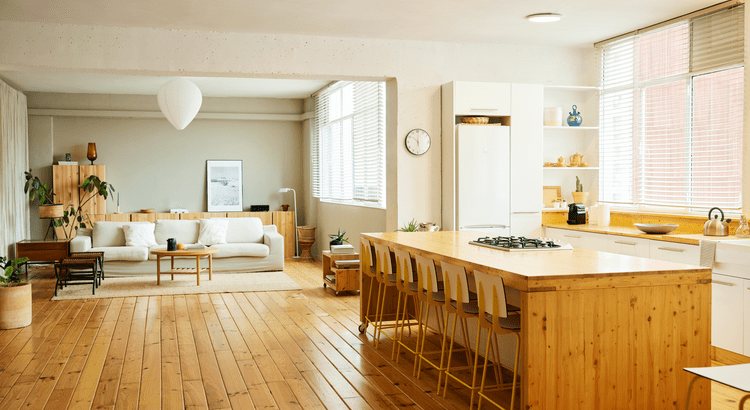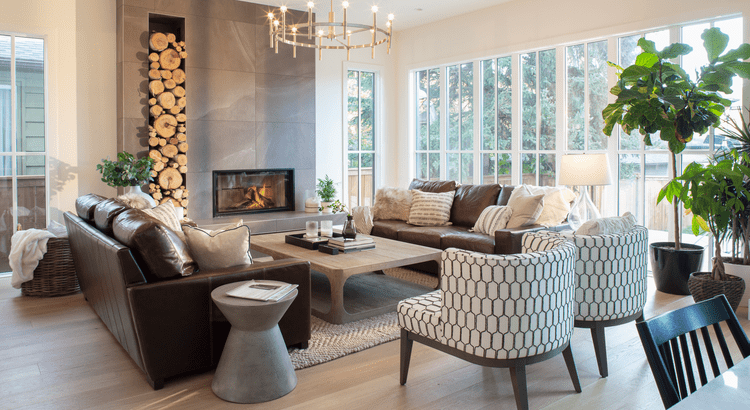September 2019 Newsletter
June 9, 2020
All Real Estate News

June 9, 2020
All Real Estate News

Artificial grass can be expensive, but may be worth the time and money it takes to maintain real grass, so more homeowners are looking into such alternatives. But how much does it cost? It has been reported that a 3,600 square foot parcel costs $60,000 to put in artificial grass, which is about 6 times more than the installation of real grass (approximately $2 per square foot). High-end artificial grass can be as much as $11 to $19 per square foot. This idea is most popular in drought-prone areas, but it is also important to keep in mind that synthetic lawns don’t last forever. It is estimated their life is only about 20 years. Although they are thought to be maintenance free, you may have to take care of the occasional weed or two that pops up.
So… is it worth it? For a 500 square foot yard, it would cost about $6,250 to install synthetic grass, versus the $185 for real grass. Then let’s consider the maintenance. If you were to spend $15 a month watering your lawn for 6 months out of the year, $100 on fertilizer (20 cents per square foot), and $650 for a lawn maintenance company to come out ($25 per week for 26 weeks), then you would spend $840 per year maintaining real grass. That’s $16,800 over the 20 year life synthetic grass would be good for. Essentially, it would take 7 years for the synthetic grass to recoup its initial cost. Not bad…
LightStream has been surveying homeowners on the idea of renovating since 2014, and the numbers for 2019 are staggering. Up 26% from 2018, 73% of homeowners plan to renovate, and plan to spend about $9,000 (the highest amount reported by surveyors). Homeowners who reported that they planned to spend $25,000 or more on improvements is up 83% from last year. It is believed these increases are due to Americans focusing on creating a space they love, rather than increasing their property value.
Personalization was the top response for investing (27%). Other reasons were increasing the home’s value (14%), improving the home for market (7%), and preparing for a new life event (4%).
Regardless of their age, we found that most consumers are focusing their home improvement projects to reflect their personal lifestyle, comfort, and interests… By budgeting and educating themselves up front, homeowners can reduce strain, save money and manage an important project with confidence.
Todd Nelson, Vice President of Strategic Partnerships at LightStream
The company offers 3 tips on improving your home:
• Build the budget: Start by calculating the biggest expenses, then move on to the inventory you will need to complete the project, while being sure to leave room for the unexpected.
• Research do-it-yourself methods thoroughly or find a good contractor: Some smaller projects will allow you to save time and money, but keep licensed professionals in mind for large improvements like plumbing or electrical work.
• Choose the right financing: 60% of homeowners plan to dip into savings, while some plan to use credit cards (32%) and loans (10%). Be sure you are not using emergency funds you have set aside for future expenses, and know how financing the renovation could result in finance charges. Be sure you are aware of the many types of financing options and how much they will cost you. In another recent survey, it was discovered that 23% of homeowners did not know what a HELOC (home equity line of credit) was, 32% didn’t know the current equity of their home, and 16% did not understand fixed versus variable rates.
While there are many viable options for funding a renovation, a home equity line of credit is one of the most affordable ways to borrow… During a HELOC’s 10-year draw period, it functions much like a credit card, whereby you can draw funds when you need them. But while credit cards typically carry interest rates around 17 percent, a well-positioned borrower seeking a HELOC can secure rates close to the Federal Reserve’s prime rate, which is currently around 5.5%.
Jon Giles, Head of Home Equity Lending at TD Bank
There also exists a generational gap in what the most important factor is when renovating. Baby boomers (55+) reported that the appearance of the final renovation is most important, while 18- 34 year olds are concerned with the cost above all else. On the other hand, baby boomers said they would rather hire professionals, while the younger generation wants to save on costs by doing some of the work themselves. Finally, what are homeowners looking at renovating? 48% will focus on their outdoor space, 26% on bathrooms, and 25% on kitchens.
This summer 3.6% of all loans in the United States required no down payment. That’s far from the 12.7% before the recession, but up 2% from last year.
As people have recovered, now banks are becoming a little bit looser with their lending standards,
Jason Martin, Allgen Financial Advisor
Economists say it is relatively safe to use these types of programs while home values are rising and the labor market is strong. However, others are urging caution. Some experts are making sure consumers understand that these programs come with high interest rates, and/ or high monthly payments. In the past 12 months, home values have increased 5.2%, and Zillow predicts they will continue to increase (about another 2.2%) in the next year. Some financial advisers say that people who can’t afford to save the funds for a down payment, are probably not ready to purchase a home. This idea is likely due to the little to no money down homes were the ones in turmoil during the recession. Other experts are saying that today’s zero down programs are much safe than they have been in the past.
Feel free to contact us to get you in touch with a great mortgage lender who is suited for your needs to find out which of these available programs you might qualify for.
Stay up to date on the latest real estate trends.

All Real Estate News
December 29, 2025

All Real Estate News
December 25, 2025

All Real Estate News
December 24, 2025

All Real Estate News
December 23, 2025

All Real Estate News
December 22, 2025

All Real Estate News
December 18, 2025
You’ve got questions and we can’t wait to answer them.